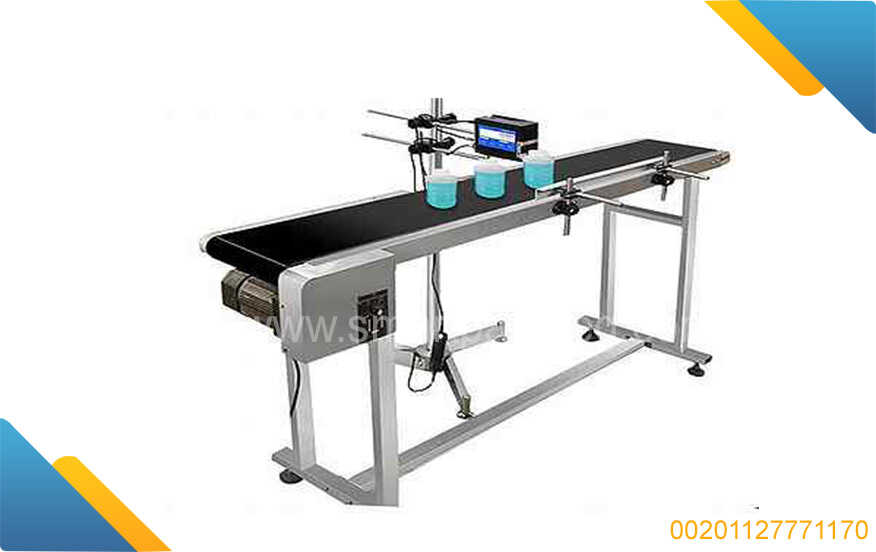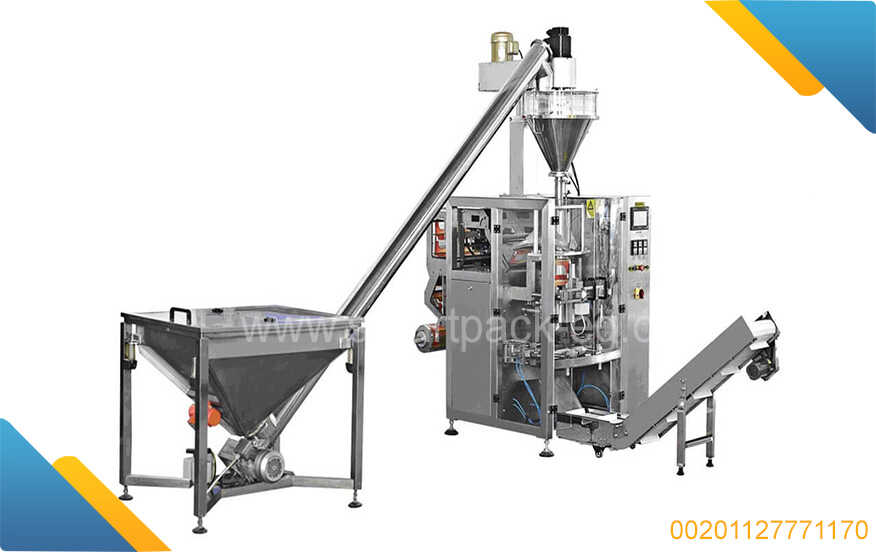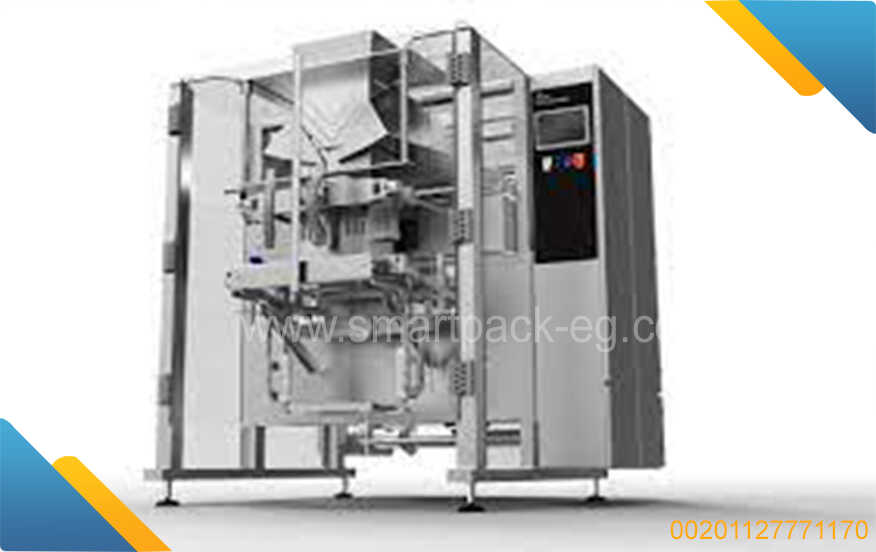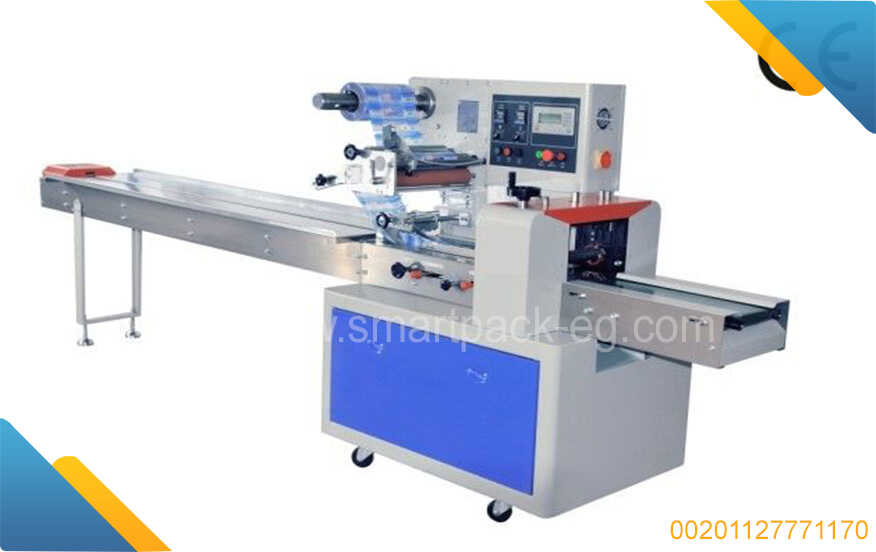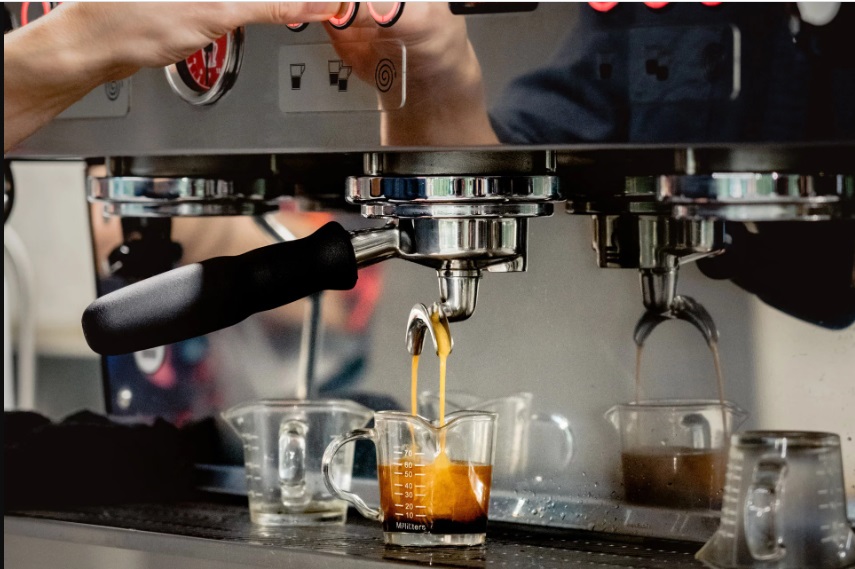Title: A Comprehensive Guide to Conducting a Feasibility Study for a Sugar Packaging Machinery Project in Egypt
Introduction:
Embarking on a sugar packaging machinery project in Egypt requires careful consideration and preparation. A feasibility study is an essential step in determining the viability, profitability, and sustainability of such an undertaking. This guide aims to provide you with a systematic approach to successfully conduct a feasibility study for a sugar packaging machinery project in Egypt.
Table of Contents:
-
Project Overview
-
Market Research and Analysis
-
Technical Assessment
-
Financial Evaluation
-
Risk Analysis
-
Conclusion
-
Project Overview:
Clearly define the objectives, scope, and strategic goals of the sugar packaging machinery project in Egypt. Establish a project team responsible for conducting the feasibility study, ensuring that all relevant stakeholders are adequately represented. -
Market Research and Analysis:
Conduct comprehensive market research to determine the demand for sugar packaging machinery in Egypt. Consider factors such as market size, growth potential, competition analysis, customer preferences, and regulatory requirements. Engage with potential clients and industry experts to gain deeper insights into the local market dynamics.
Market Analysis Checklist:
- Identifying target customers and their purchasing power.
- Analyzing market trends, customer preferences, and buying habits.
- Assessing competitors and their market positioning.
- Researching pricing strategies and potential profit margins.
- Determining the environmental impact and sustainability factors.
- Technical Assessment:
Evaluate the technical aspects required for a sugar packaging machinery project in Egypt. Engage with experienced engineers and technical professionals to assess the following:
- Machinery specifications: Assess the necessary technical specifications, considering factors such as packaging capacity, speed, quality control, and automation capabilities.
- Facility requirements: Analyze the space and infrastructure needed for manufacturing, storage, maintenance, and distribution of the machinery.
- Inputs and processes: Evaluate the raw materials, energy consumption, and waste management protocols necessary for the machinery's production and operation.
- Financial Evaluation:
Conduct a thorough financial evaluation to determine the project's economic viability and profitability. This process entails:
- Cost estimation: Assess all costs associated with the project, including machinery procurement, installation, maintenance, labor, raw materials, marketing, and overhead expenses.
- Revenue projection: Forecast the potential revenue generated by offering sugar packaging machinery in Egypt, accounting for factors such as market demand, pricing strategy, and anticipated market share.
- Risk Analysis:
Identify and address potential risks and challenges that may hinder the success of the sugar packaging machinery project. Consider:
- Political, economic, and social factors that may impact business operations.
- Legal and regulatory compliance requirements.
- Technological advancements that may render the machinery obsolete.
- Market volatility and potential fluctuations in demand or pricing.
- Conclusion:
Based on the findings from the feasibility study, make a well-informed decision regarding the feasibility of the sugar packaging machinery project in Egypt. Document the outcomes of the study, highlighting both positive aspects and potential challenges to be addressed before proceeding with the project.
Conclusion:
A comprehensive feasibility study is an indispensable step in successfully launching a sugar packaging machinery project in Egypt. By thoroughly assessing market demand, technical requirements, financial considerations, and potential risks, you can make informed decisions to achieve long-term success. Remember to regularly review and update your feasibility study as market conditions change or new opportunities arise.

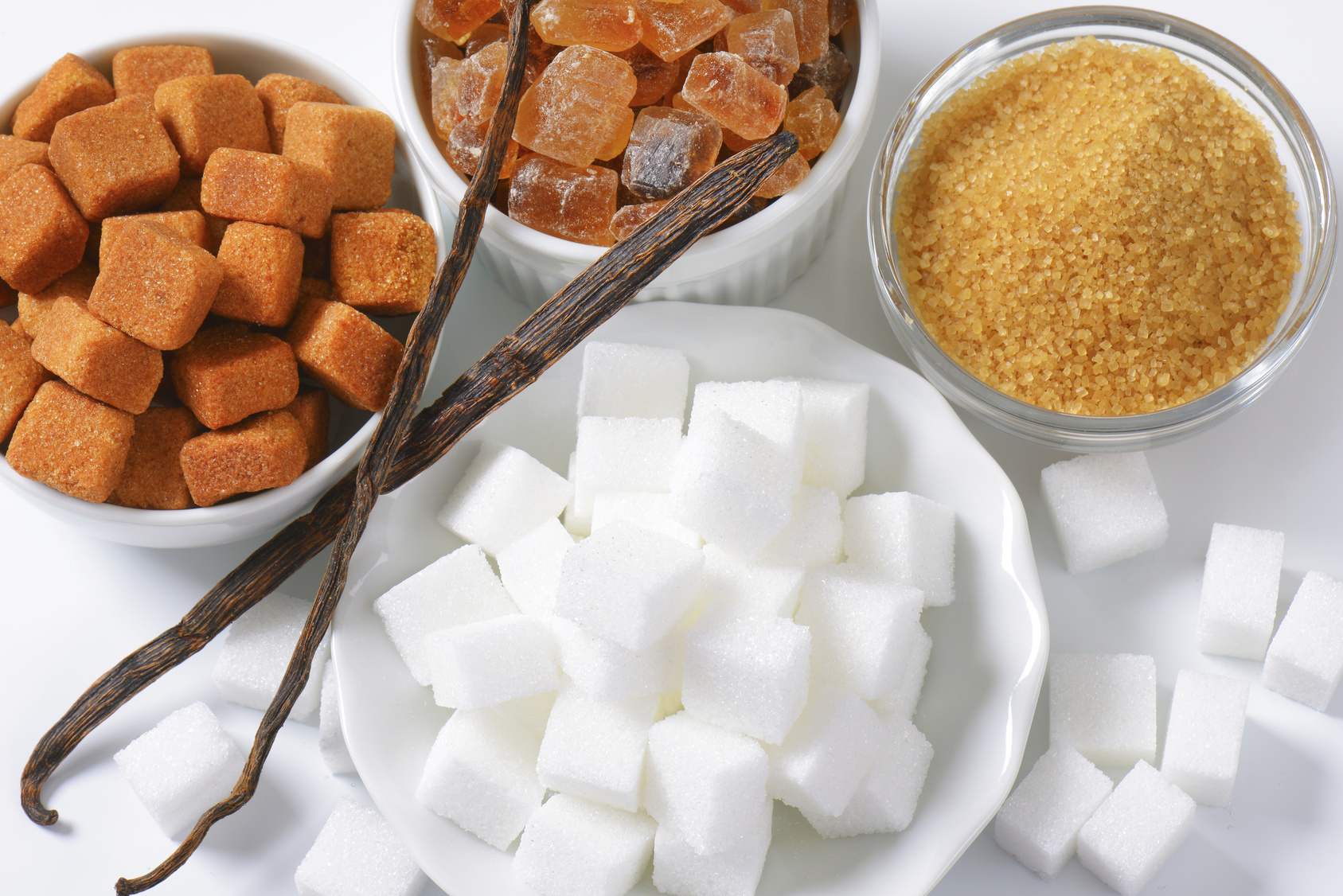
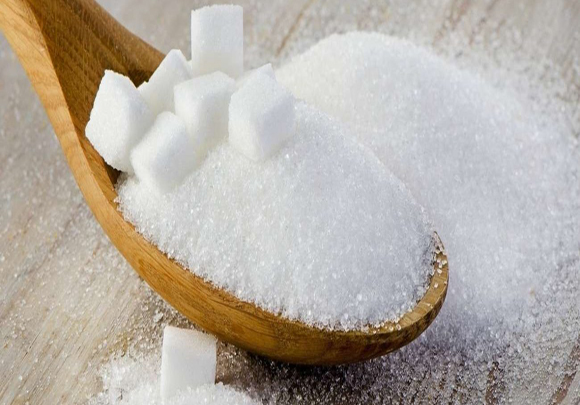
 Admin
Admin 